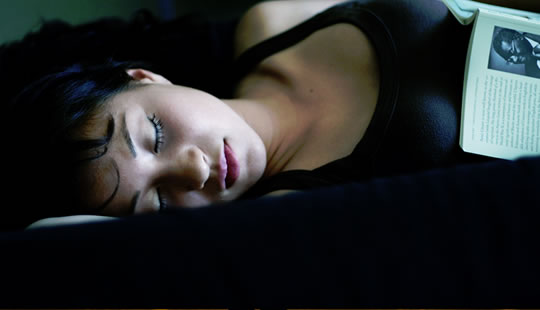This research could lead to a cure for jet-lag and other sleep problems.
Researchers at the Salk Institute for Biological Studies have found that a single gene regulates daily sleeping and waking cycles (Hatori et al., 2014).
Understanding the function of the gene, called Lhx1, may help to create therapies for jet-lagged travellers, night-shift workers and those with problems sleeping.
Satchidananda Panda, who led the research, says that even dementias may be helped by potential therapies:
“It’s possible that the severity of many dementias comes from sleep disturbances.
If we can restore normal sleep, we can address half of the problem.”
The study examined the sleep and wake cycles of mice, concentrating on an area of the brain called the suprachiasmatic nucleus, or the SCN.
The SCN is a densely packed region of around 20,000 neurons in the hypothalamus, which establish our daily biological rhythms.
Sometimes known as the ‘master clock’, the SCN effectively tells every cell in the body what time it is.
Our internal clock is reset by light, which is why we tend to suffer from jet lag: our daily biological cycles get scrambled.
The researchers in this study effectively gave jet lag to the mice by shifting their usual day-night cycle by 8 hours.
They then looked at the expression of 213 genes and were surprised to find that just one was suppressed in response to light, T
The finding was a particular surprise because previously the gene had never been intricately linked with SCN function.
They found that mice that had little or no Lhx1 were able to adjust to the jet-lag much faster than other mice.
The scientists hope that this brings them one step closer to new cell regenerative therapies for sleep problems.
Image credit: Mark Sebastian

